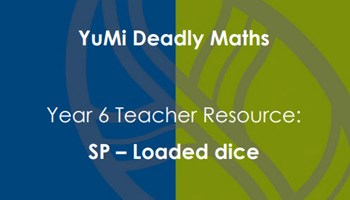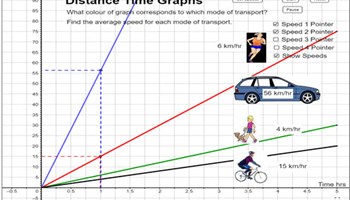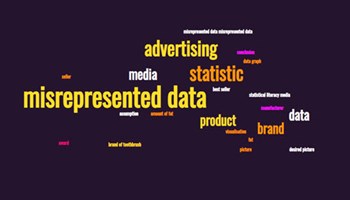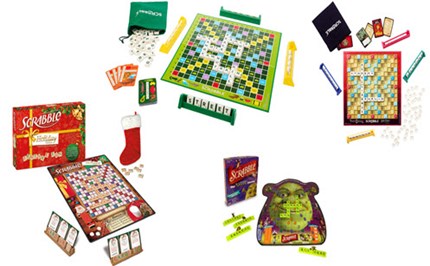Please note: This site contains links to websites not controlled by the Australian Government or ESA. More information here.
reSolve: Scrabble Stats
This sequence of lessons invites students to collect data about letter frequency in a variety of text sources. They use their findings to critically evaluate letter point values in Scrabble, compare them to historical values, create their own themed Scrabble point values and to decipher an encoded excerpt of text. Each lesson is outlined in detail including curriculum links, vocabulary, materials needed, sample answers, discussion points and student resources. This sequence is part of the reSolve: Mathematics by Inquiry program.
Additional details |
|
| Year level(s) | Year 6 |
|---|---|
| Audience | Teacher |
| Purpose | Teaching resource |
| Format | Downloadable resources |
| Teaching strategies and pedagogical approaches | Mathematics investigation |
| Keywords | column graphs, expected frequency, categorical data, statistical frequency, observations |
Curriculum alignment |
|
| Curriculum connections | Numeracy |
| Strand and focus | Build understanding, Apply understanding, Statistics |
| Topics | Data representation and interpretation |
| AC: Mathematics (V9.0) content descriptions |
AC9M6P02
Conduct repeated chance experiments and run simulations with an increasing number of trials using digital tools; compare observations with expected results and discuss the effect on variation of increasing the number of trials
AC9M6ST01
Interpret and compare data sets for ordinal and nominal categorical, discrete and continuous numerical variables using comparative displays or visualisations and digital tools; compare distributions in terms of mode, range and shape |
| Numeracy progression |
Understanding chance (P4)
Interpreting and representing data (P4) |
Copyright details |
|
| Organisation | reSolve Maths by Inquiry |
| Copyright | © Australian Government Department of Education, Skills and Employment 2021. Creative Commons BY-NC-SA 4.0. |
Related resources
-

Career profile: Sacha Dench, Migratory animal research scientist
This career profile on Sacha Dench, a migratory animal research scientist, demonstrates the intersection of science and mathematics knowledge and skills in a real-world context.
Resource details -

Loaded dice
Students use different operations to predict favourable results in chance experiments and games. They record their data in different ways and make predictions about chance-related outcomes.
Resource details -

Interpret and compare data displays: Year 6 – planning tool
This planning resource for Year 6 is for the topic of Interpret and compare data displays.
Resource details -

Statistics in the media: Year 6 – planning tool
This planning resource for Year 6 is for the topic of Statistics in the media.
Resource details
